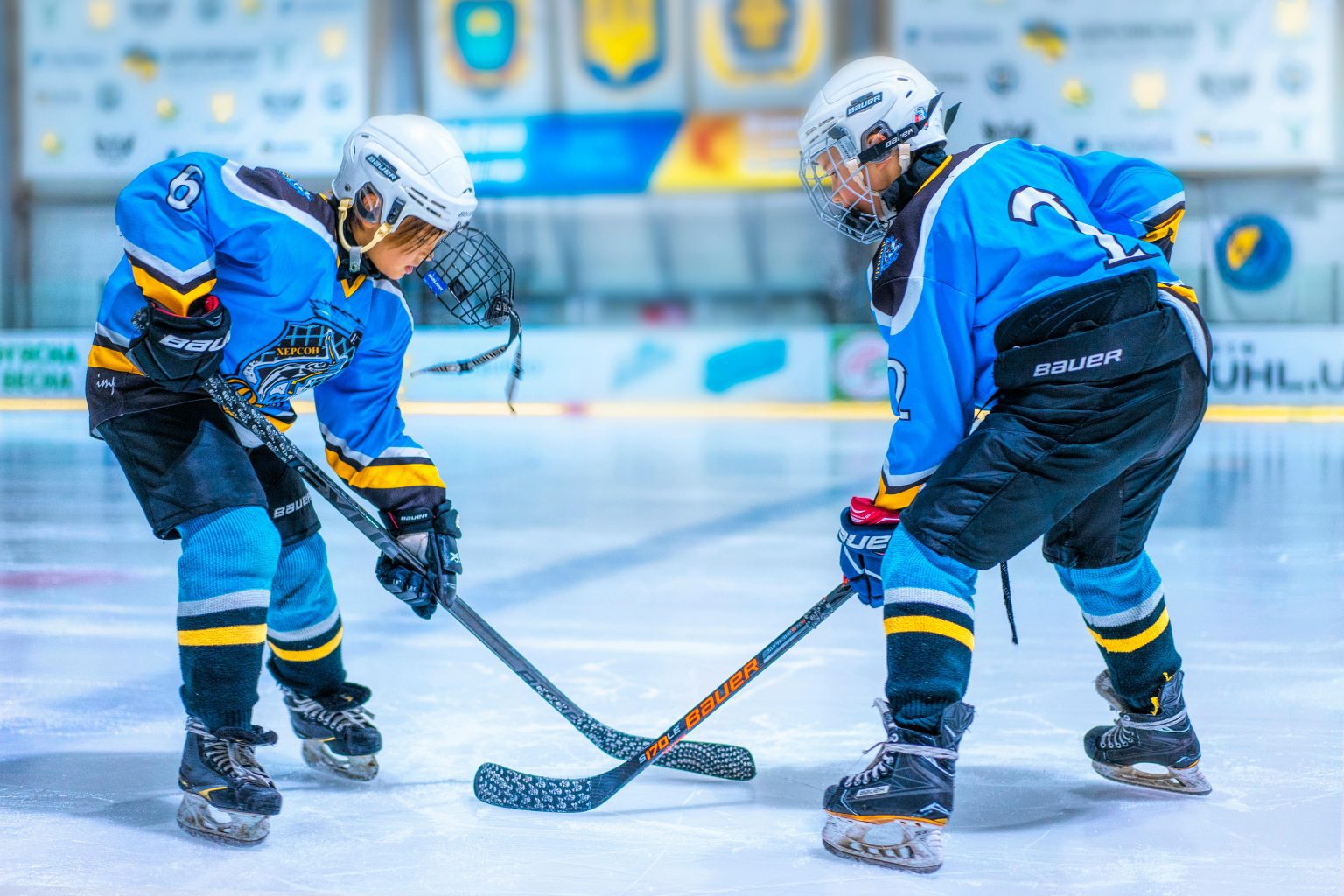Hockey isn’t exactly known as a cheap sport. Between skates, sticks, pads, and all the extras, the costs can add up quickly. But here’s the good news—you don’t have to empty your wallet to gear up properly. With a little planning and smart choices, you can build a kit that keeps you safe, comfortable, and competitive without breaking the bank.
The trick is knowing where to invest, where you can save, and how to stretch your gear’s lifespan. If you’re ready to put together a solid setup without compromising on performance, let’s break down the essentials.
Prioritizing the Right Gear
When you’re working with a budget, not all gear should be treated equally. Your skates, helmet, and stick are your big three—the items that have the most impact on both safety and performance. Skates that don’t fit properly can cause blisters or slow you down, and a helmet is your first defense against concussions. These are worth spending a bit more on, even if it means cutting costs elsewhere.
Other items, like shoulder pads, shin guards, and gloves, can often be bought secondhand or from clearance sales without losing much in quality. Just be sure they’re in good condition—no cracks in the padding, no fraying straps. Safety should never be compromised for savings, but comfort and brand names don’t always have to match what the pros wear.
Shopping Smart for Savings
If you only shop at peak season or buy the latest model, you’re going to pay full price. Instead, look for last year’s gear models, which often have minor design changes but still perform at the same level. Many sporting goods stores offer clearance sales when new lines come in, and this is when you can score quality items at a fraction of the price.
Don’t overlook local hockey swaps, community sales, and online marketplaces. Parents of growing players often sell barely used gear once their kids size up. Just make sure to inspect items in person before paying—especially skates and helmets—to ensure they’re safe and structurally sound. And if you need inspiration for what’s worth investing in, browsing reputable hockey supplies sites can help you compare features and prices before committing.
Extending the Life of Your Gear
Stretching your gear’s lifespan is one of the best ways to save money long-term. Skates should be dried after every use—don’t just toss them in a bag. Moisture can break down the padding and cause rust on the blades. Pads and gloves should be aired out to prevent odor and bacteria buildup, which can weaken materials over time.
For sticks, avoid unnecessary wear by not using them on rough surfaces like concrete. If you practice off the ice, consider using a blade protector or a stick designed for street play. Taking care of your equipment doesn’t just save money; it keeps your kit performing well, which can improve your game more than constantly buying replacements.
Knowing When to Spend and When to Save
Sometimes the temptation is to buy the cheapest version of everything, but that can backfire. For example, a bargain-bin helmet might look fine but lack the proper certification for impact safety. On the flip side, you don’t need a $300 stick to enjoy the game—many mid-range options are lightweight, durable, and responsive.
When deciding where to splurge, think about how often you’ll use the item and how much it affects your comfort and safety. Skates that mold to your foot, a helmet with solid impact protection, and gloves with good grip are worth a little extra. Jerseys, practice shirts, and even some training tools can be more budget-friendly without affecting performance.
Balancing New and Used Gear
A mix-and-match approach often works best for building a budget-friendly hockey kit. You might buy your helmet and skates new for safety reasons, pick up gently used pads and gloves from a gear swap, and snag a discounted stick from last season’s inventory. This way, you’re spending where it matters most while still keeping costs down overall.
Used gear can be a goldmine if you know what to look for. Check for any cracks, excessive wear, or broken straps, and make sure padding hasn’t thinned out. If it looks like it’s been through a season of heavy hits, it’s probably worth passing on. But gear that’s only been lightly used—especially from growing players—can save you a lot of money and still last for years.
Conclusion
Building a budget-friendly hockey kit isn’t about cutting corners—it’s about making smart choices. By prioritizing the right gear, shopping at the right time, taking care of your equipment, and knowing when to mix new with used, you can create a setup that’s both affordable and high quality.
Hockey is about skill, teamwork, and passion—not how much you spent on your stick or pads. With the right approach, you can step onto the ice confident that your gear will keep up with you, game after game, without draining your wallet.


